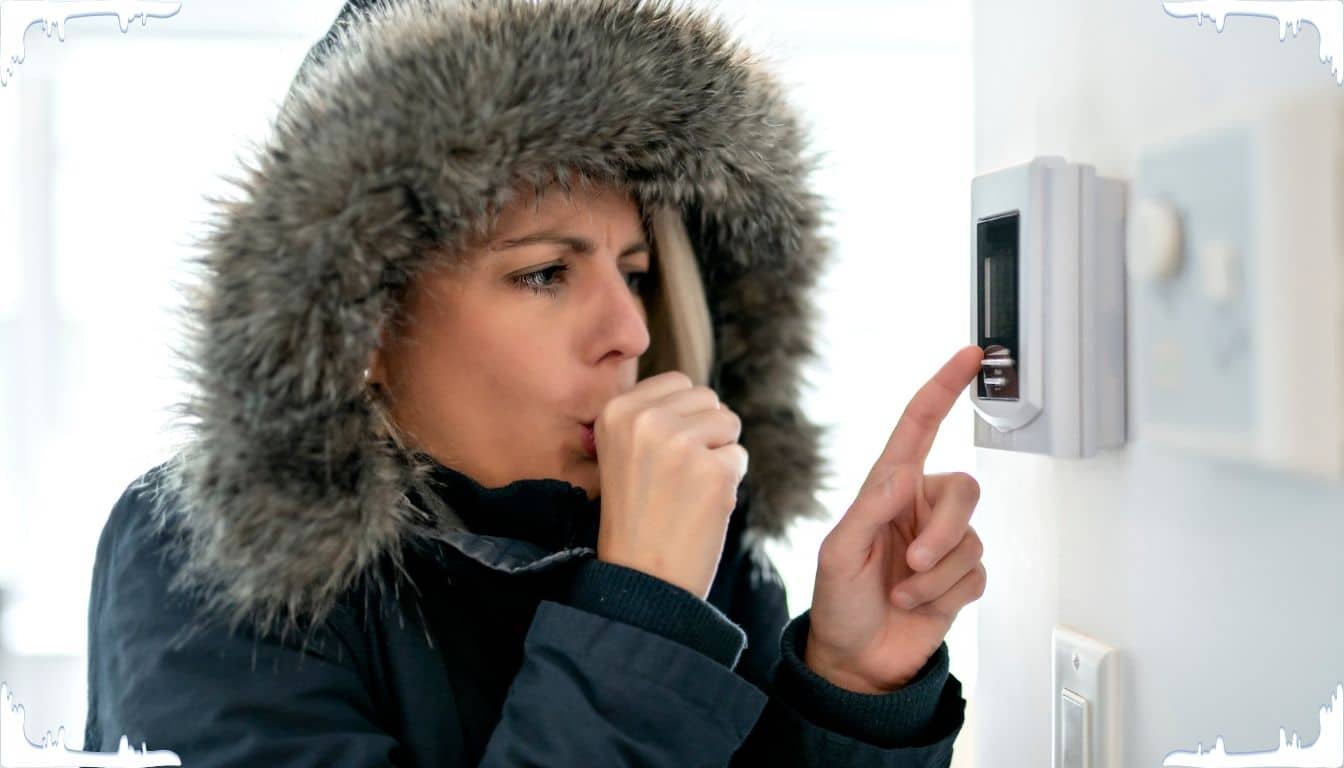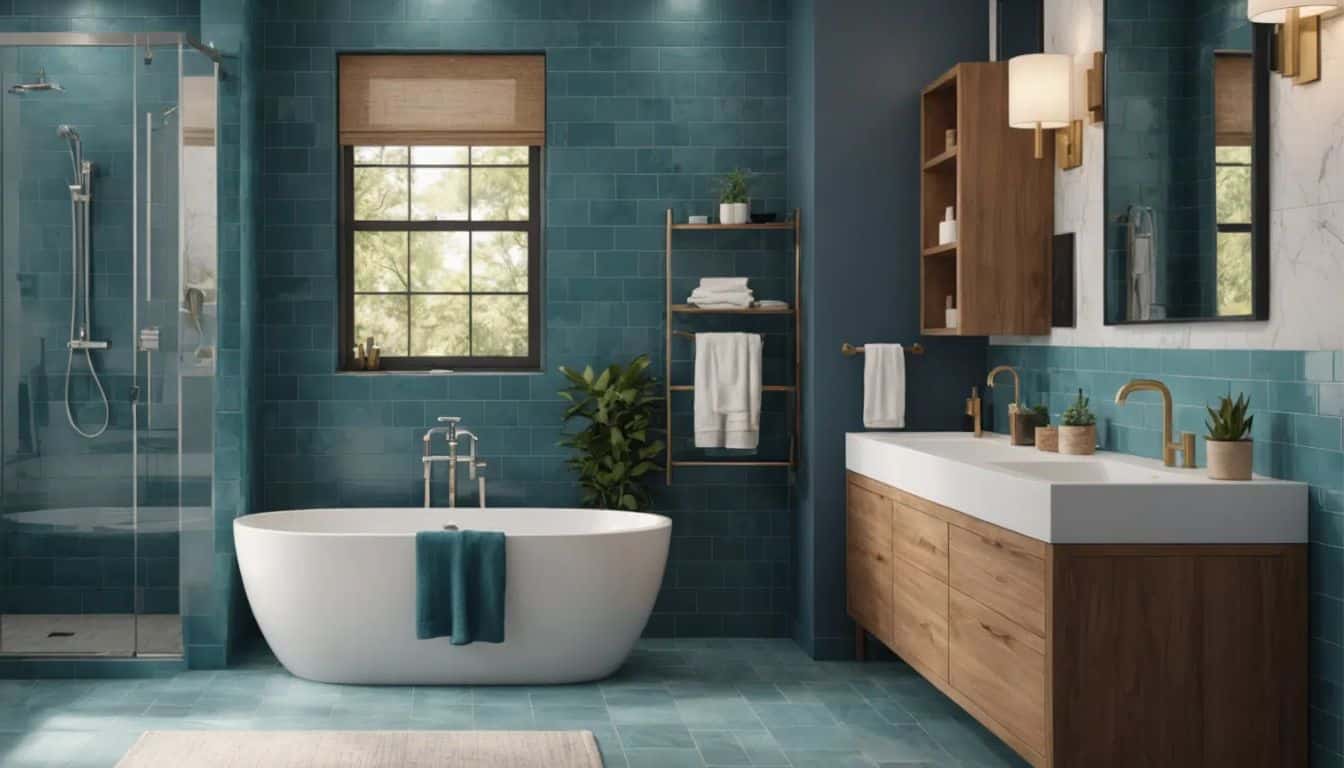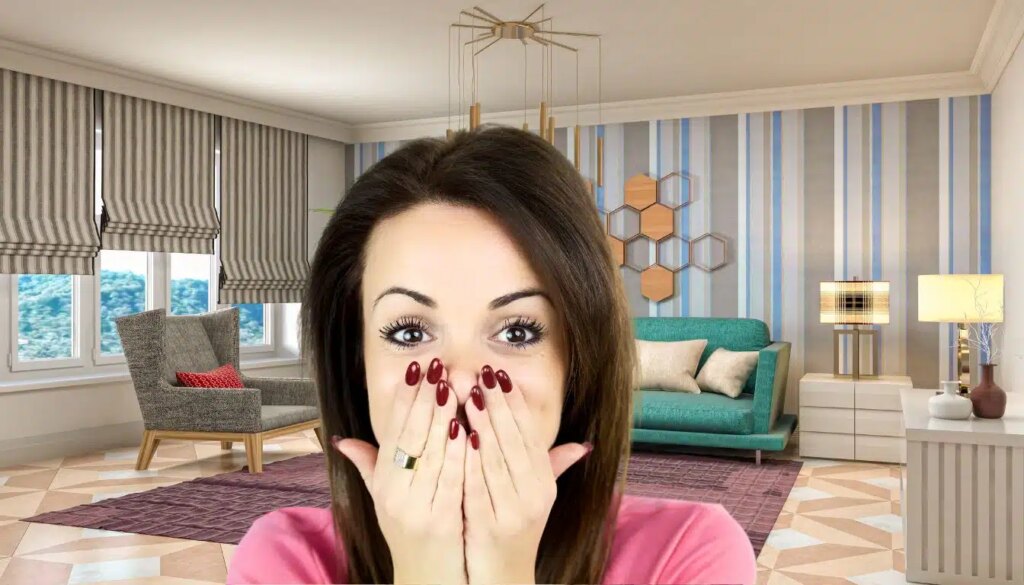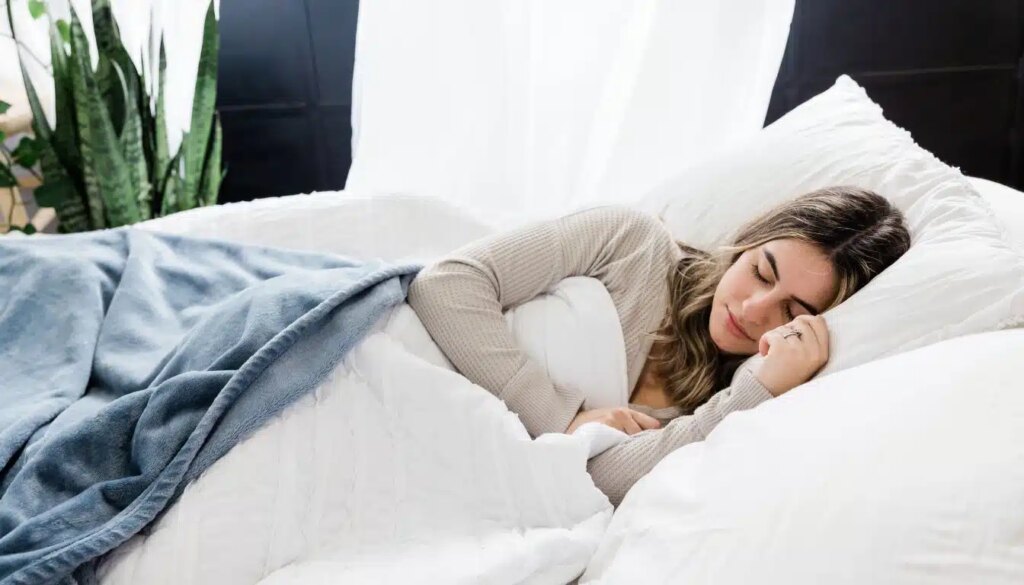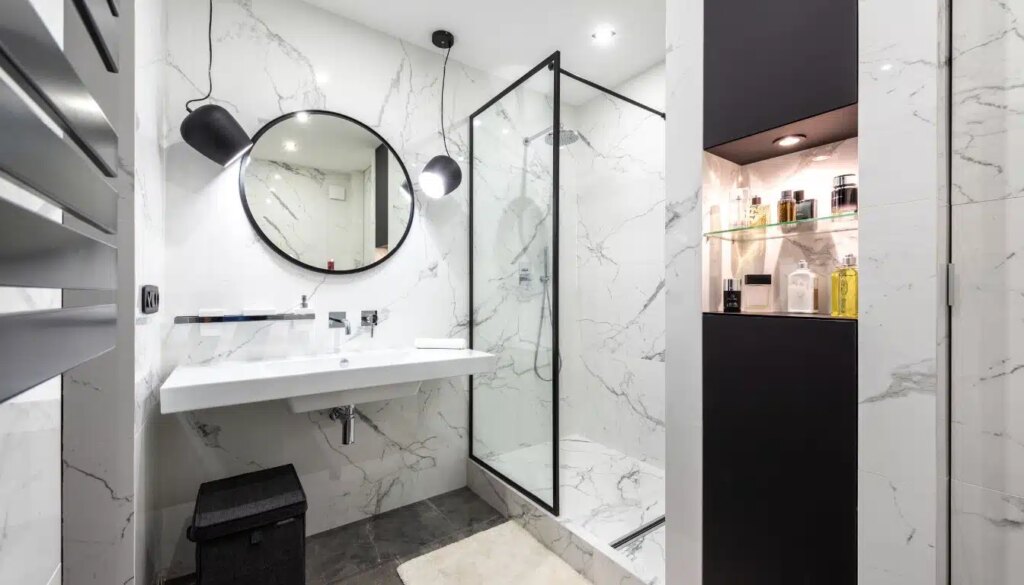If your apartment cools down too quickly after turning off the heat, you may have poorly insulated areas that are causing this heat loss.
Learn how to spot and fix these problems to make sure warm and comfortable evenings without energy waste.
Read on to discover practical tips and tricks that can make a significant difference.
Understanding Where Your Apartment Loses Heat
Heat losses often occur through weak points such as windows, doors, walls, floors and also the ceilings.
Also, one air circulation inadequate can create cold areas, making it difficult to maintain a uniform temperature. This is why it is essential to identify these problems to apply the right solutions.
Effective Thermal Insulation Strategies
The first step to retaining heat is to make sure you have good insulation. The windows are often the weak point: consider using adhesive joints o one insulating plastic film to improve their efficiency.
I thermal sheets they are a great option for conserving heat. Also install protective hinges for doors or closing doors to unused rooms can help concentrate the heat in the main living areas.
Exploit Existing Heat Sources
The residual heat sources like a radiator or oven they continue to emit heat even after being turned off. Make sure they are not blocked by furniture or curtains to maximize heat diffusion.
Also the sole is a valuable and free resource: during the day, open the curtains to let sunlight in and close them in the evening to keep the heat inside.
Improving the Heat Retention of Walls and Furnishings
Materials such as solid wood and heavy fabrics they can help conserve heat. Cover the walls with book shelves or tapestries not only serves as decoration but helps reduce thermal losses.
Furniture can become heat reservoirs, exploit the full potential of the space.
Promote Efficient Air Circulation
A good one air circulation it is essential for balancing the temperature throughout the home. Using a low-speed fan can help direct warm air from heat sources to cooler areas.
Remember to keep the ventilation vents free for effective air diffusion.
Manage Humidity for Greater Comfort
Too humid air can increase the sensation of cold. Use a dehumidifier to maintain an optimal humidity level between 40% and 60% improves comfort and prevents condensation.
Anticipate Heat Losses
If you know you will have to turn off the heating, raise the temperature slightly in the hours beforehand, so that the walls, floors and furniture can accumulate more heat.
For more strategies on how to keep your home warm even without active heating, learn more about the secrets of reflective panels behind radiators here.
By following these tips, you will be able to maintain a comfortable interior longer, even when the heating is off. Remember that small improvements can lead to big results in your home comfort and savings on your energy bill.
